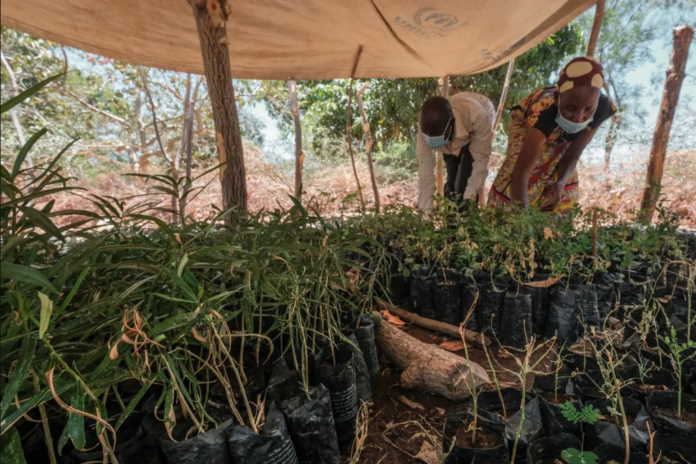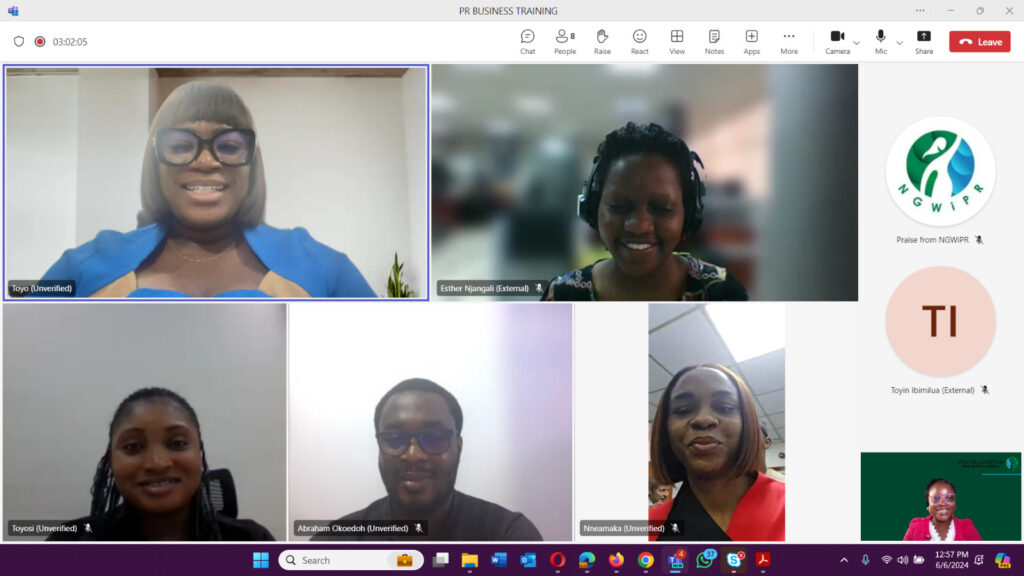
As global recognition of the planet’s climate emergency comes to a head at the United Nations Climate Change Conference (COP27) in Sharm El-Sheikh, Egypt, it’s increasingly clear that protecting and restoring Earth’s forests and landscapes must include securing the rights of the local peoples that inhabit and safeguard them.
But while the Indigenous Peoples (IPs), local communities (LCs), and Afro-descendant Peoples (ADPs) that inhabit many of the world’s most biodiversity-rich areas have come a long way in obtaining recognition, non-state institutions and investors still lack a common set of principles that can help them ensure that their climate, biodiversity, and development investments are rights-based.
The Land Rights Standard, launched on 11 November by the Rights and Resources Initiative (RRI) and the Global Landscapes Forum (GLF) during COP27, seeks to remedy this gap. Unlike the various social and environmental frameworks, standards, and certification systems that have so far been devised to ensure sustainable land investments by non-state actors, the Standard lays out a comprehensive, clear set of principles that have been developed in consultation with Indigenous, local community, and Afro-descendant organizations. It was instigated by RRI and the Indigenous Peoples Major Group (IPMG), with dedicated support from the GLF and the Forest Peoples’ Programme (FPP).
Solange Bandiaky-Badji, RRI’s Coordinator, introduced the Standard as principles grounded in international human rights law and developed in collaboration with IPs, LCs and ADPs – particularly with the women within these groups. “Our goal now is to push climate, conservation and development institutions and private companies to adopt these principles and pave the way for a more sustainable, equitable and just future,” she said.
Pasang Dolma Sherpa, the Executive Director of the Center for Indigenous Peoples’ Research and Development (CIPRED), highlighted how sharp and unprecedented declines in biodiversity have resulted in calls for a doubling of the amount of land held under protected area management. But these calls have also heightened the risks of falling into the trap of human rights violations that have characterized conventional conservation approaches to date – risks the Standard can help them mitigate. She said, “I am really hopeful that this Standard will help not just Indigenous Peoples, but all of us in maintaining our surroundings and ecosystems.”
Kim Carstensen, Director General of the Forest Stewardship Council (FSC), pointed out that the Standard’s principles are “very clear” and will go a long way in encouraging non-state entities such as FSC itself to continuously improve their own standards, human rights and environmental due diligence systems, certification systems, and implemented actions for rights-based approaches to sustainable landscapes. “We will be very happy to work together to promote these different ways of looking at things, as evidently land rights are one of the most important areas for climate, biodiversity, and social welfare in the world,” he said. Carstensen added that FSC plans to share the Standard’s principles with its certificate holders to inspire their work, as well as incorporate them in the next generation of its own standards.
Cecile Ndjebet, the Founding President of the African Women’s Network for Community Management of Forests (REFACOF), highlighted about the potential to leverage the Land Rights Standard to promote responsible investment by the private sector and other actors on community land in Africa. “This is not a choice anymore,” she said. “It’s a matter of our lives: of the survival of our communities and our planet.”
#GLFClimate #LandRightsNow










